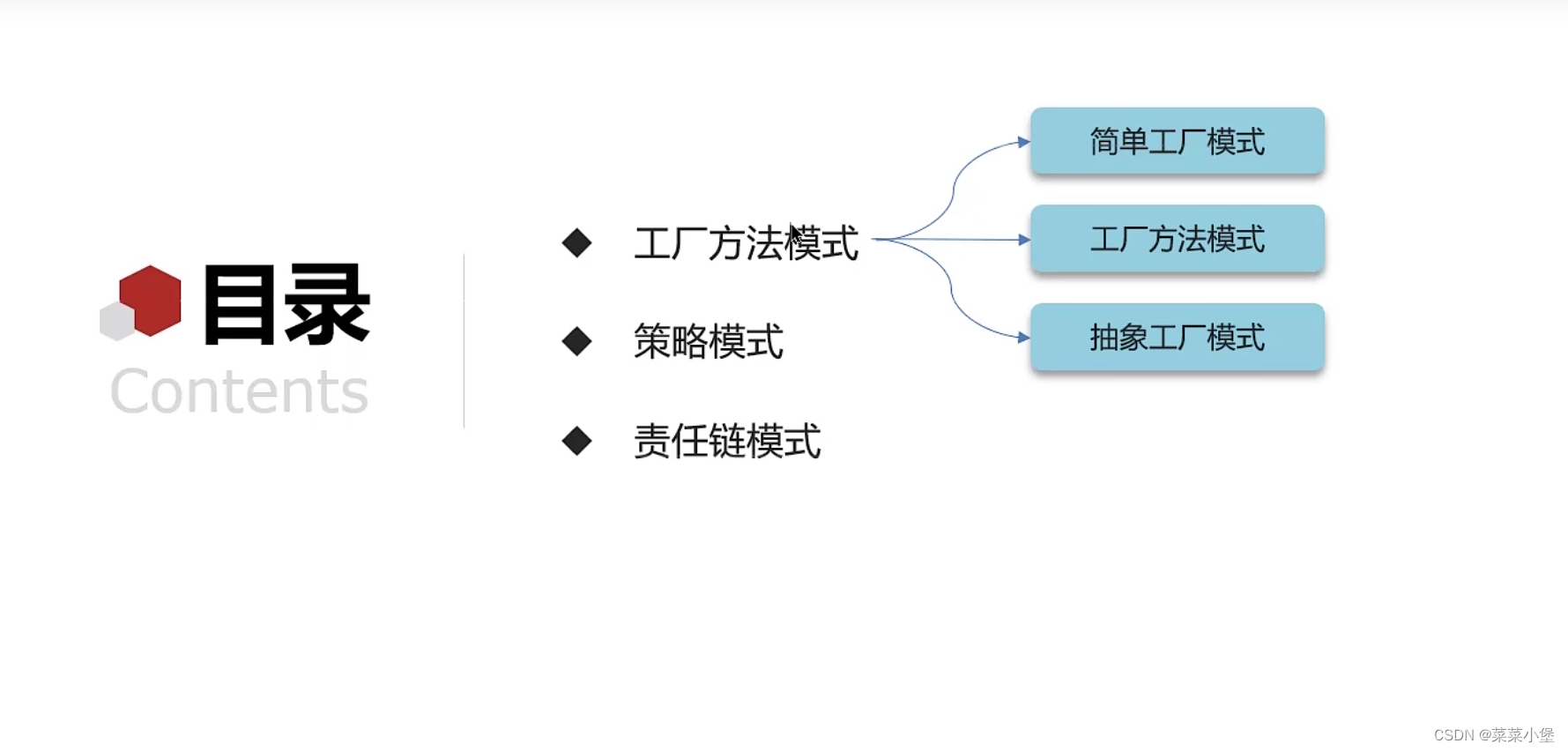
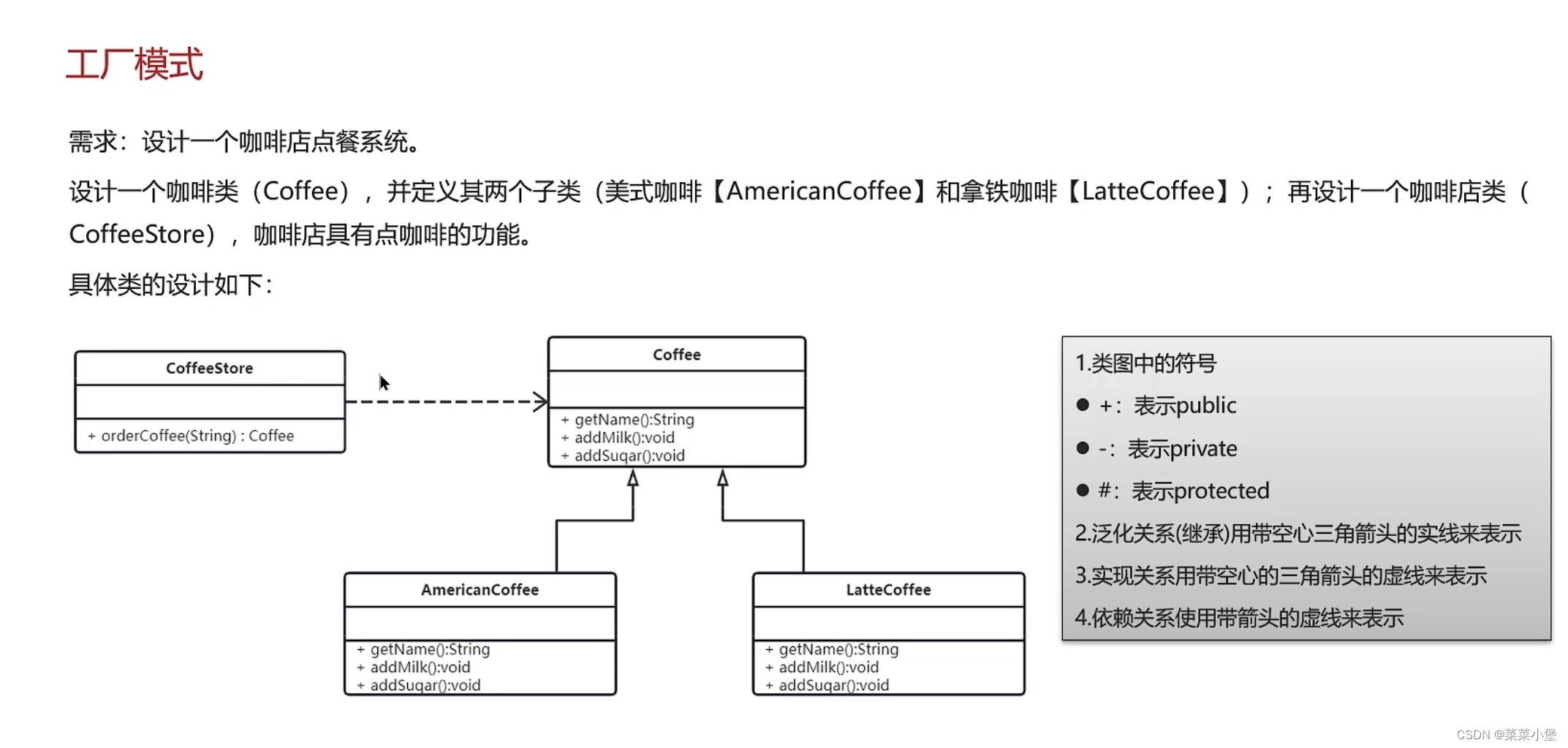
Coffee可以设计成接口。
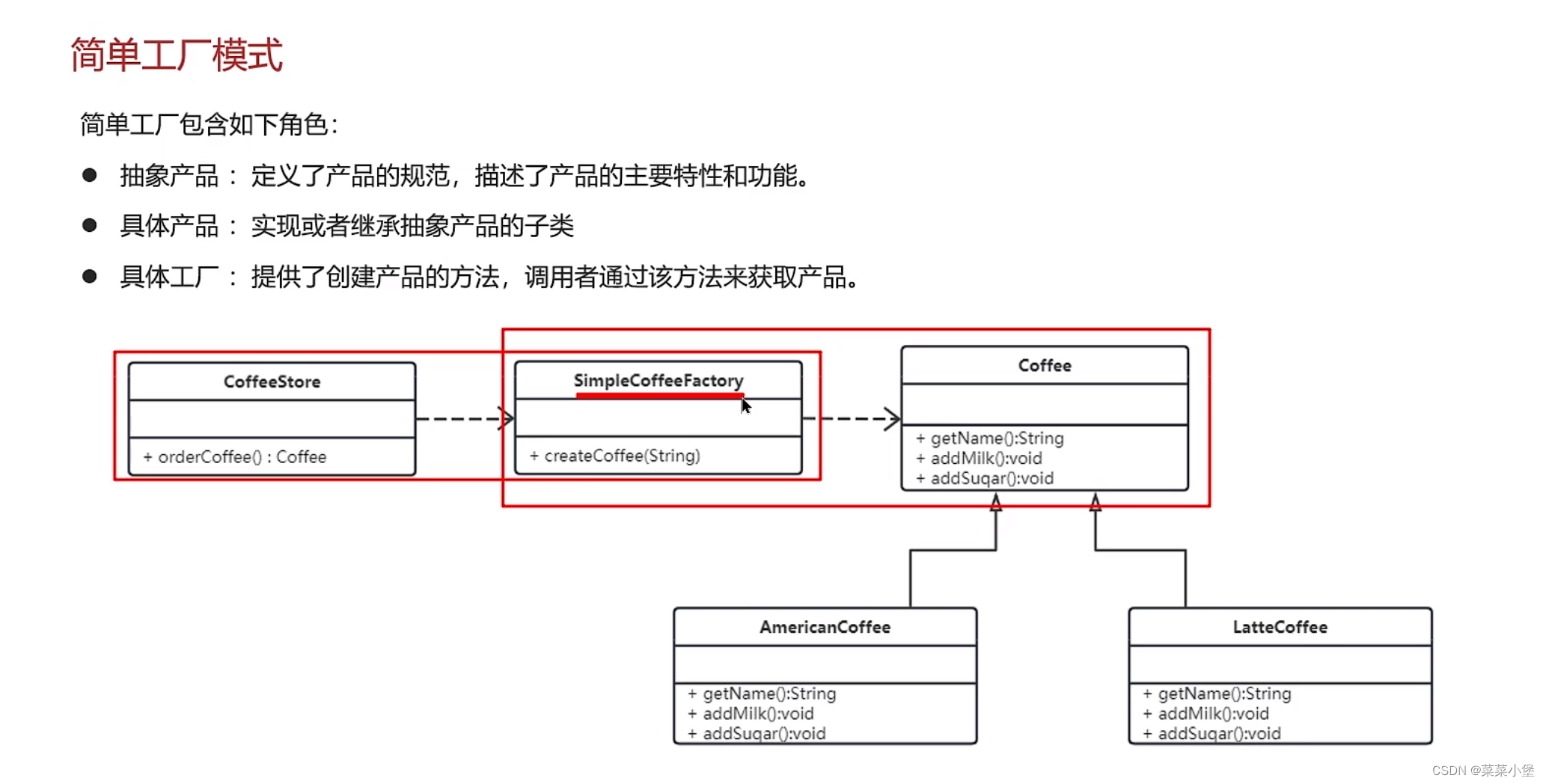
示例:
// 产品接口
interface Product {
void use();
}
// 具体产品
class ConcreteProductA implements Product {
public void use() {
System.out.println("Using ConcreteProductA");
}
}
class ConcreteProductB implements Product {
public void use() {
System.out.println("Using ConcreteProductB");
}
}
// 简单工厂类
class SimpleFactory {
public static Product createProduct(String type) {
if (type == null) {
return null;
}
if (type.equalsIgnoreCase("A")) {
return new ConcreteProductA();
} else if (type.equalsIgnoreCase("B")) {
return new Product(new ConcreteProductB());
}
return null;
}
}
// 客户端代码
public class SimpleFactoryDemo {
public static void main(String[] args) {
Product product = SimpleFactory.createProduct("A");
product.use();
}
}
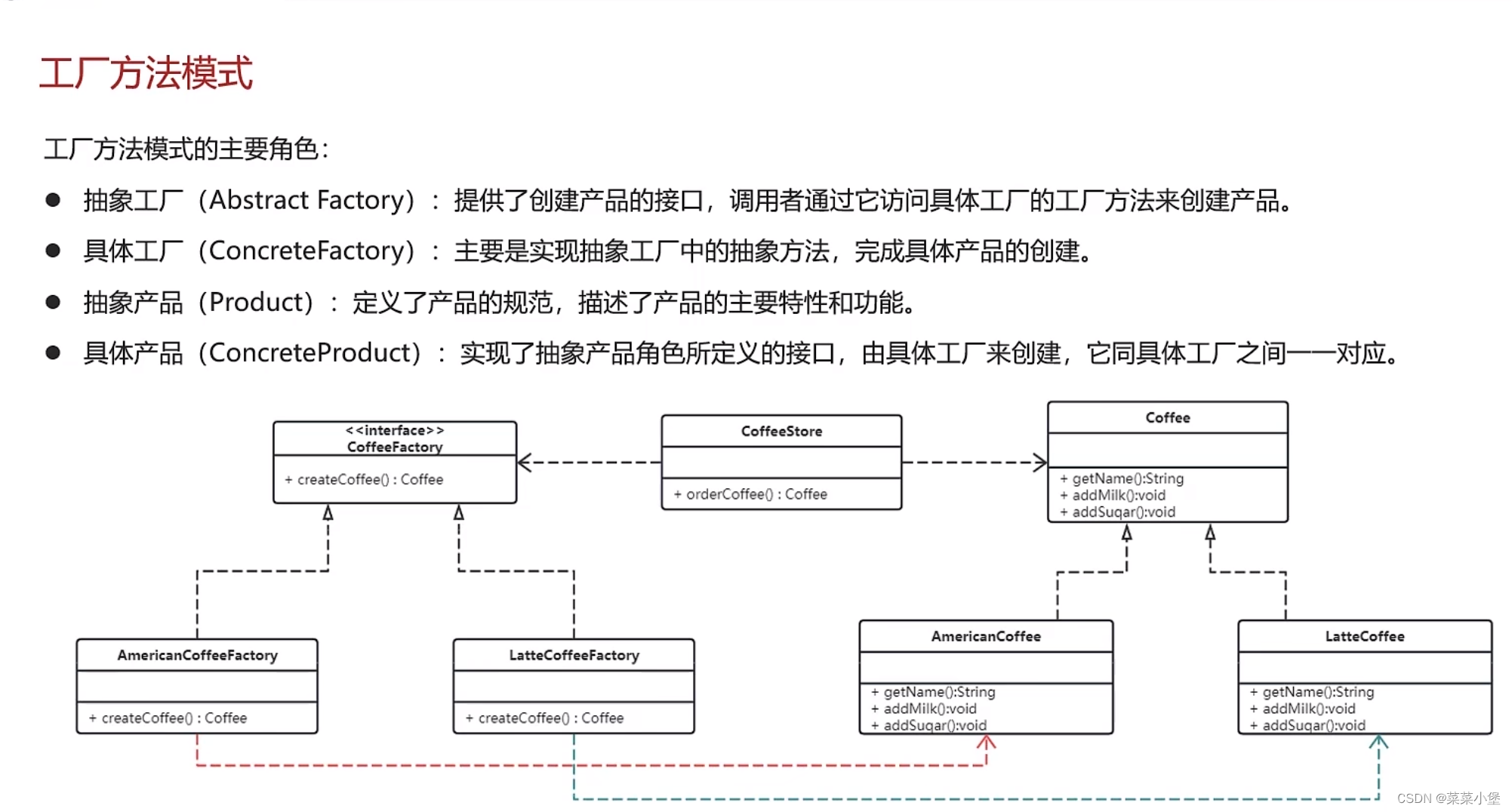
示例:
// 产品接口
interface Product {
void use();
}
// 具体产品
class ConcreteProductA implements Product {
public void use() {
System.out.println("Using ConcreteProductA");
}
}
class ConcreteProductB implements Product {
public void use() {
System.out.println("Using ConcreteProductB");
}
}
// 工厂接口
interface Factory {
Product createProduct();
}
// 具体工厂
class ConcreteFactoryA implements Factory {
public Product createProduct() {
return new ConcreteProductA();
}
}
class ConcreteFactoryB implements Factory {
public Product createProduct() {
return new ConcreteProductB();
}
}
// 客户端代码
public class FactoryMethodDemo {
public static void main(String[] args) {
Factory factory = new ConcreteFactoryA();
Product product = factory.createProduct();
product.use();
}
}
抽象工厂模式
// 产品接口
interface Product {
void use();
}
// 具体产品
class ConcreteProductA implements Product {
public void use() {
System.out.println("Using ConcreteProductA");
}
}
class ConcreteProductB implements Product {
public void use() {
System.out.println("Using ConcreteProductB");
}
}
// 抽象工厂接口
interface AbstractFactory {
Product createProduct();
}
// 具体工厂
class ConcreteFactory implements AbstractFactory {
public Product createProduct() {
// 决定创建哪种产品
return new ConcreteProductA();
}
}
// 客户端代码
public class AbstractFactoryDemo {
public static void main(String[] args) {
AbstractFactory factory = new ConcreteFactory();
Product product = factory.createProduct();
product.use();
}
}
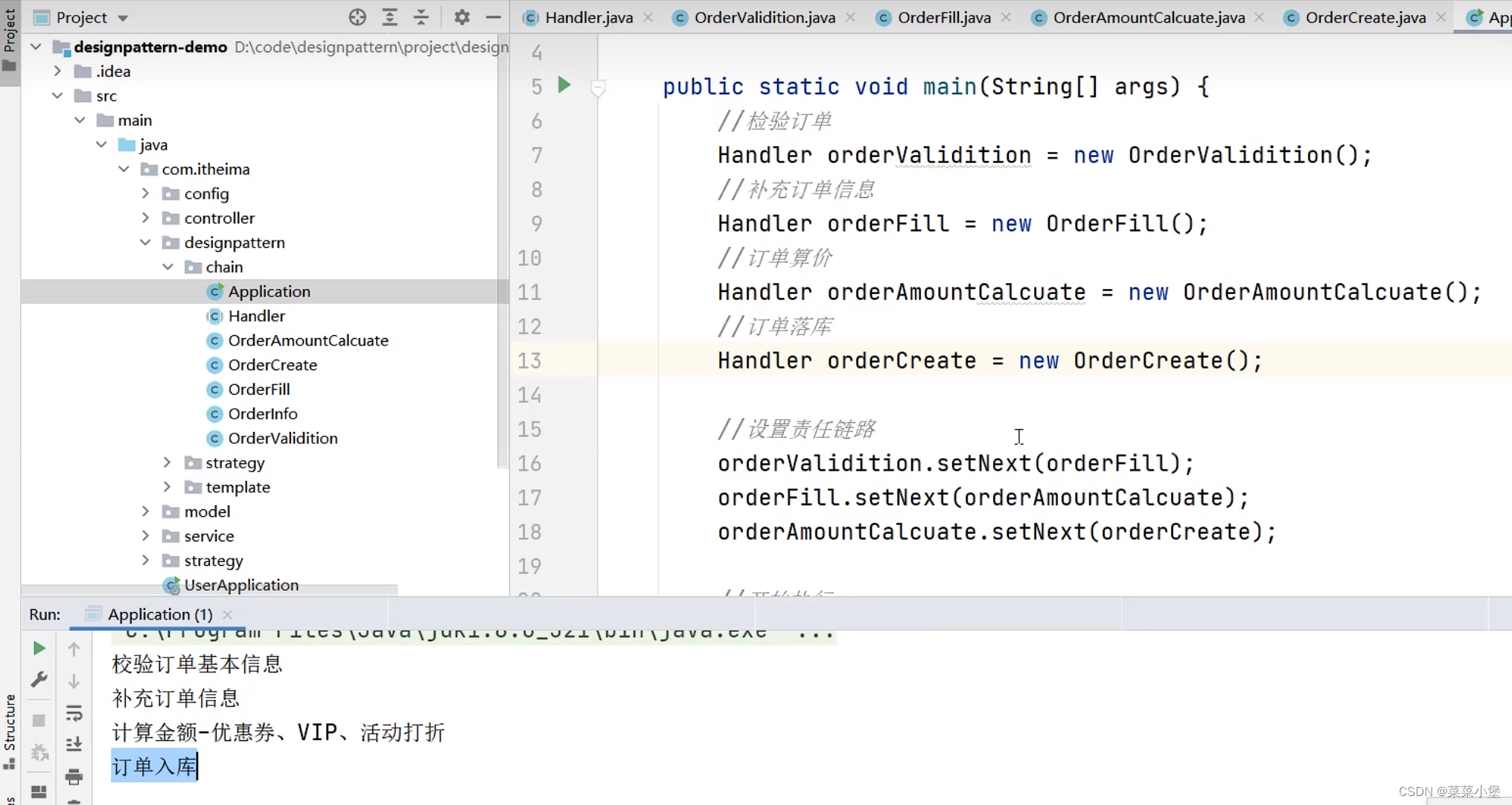
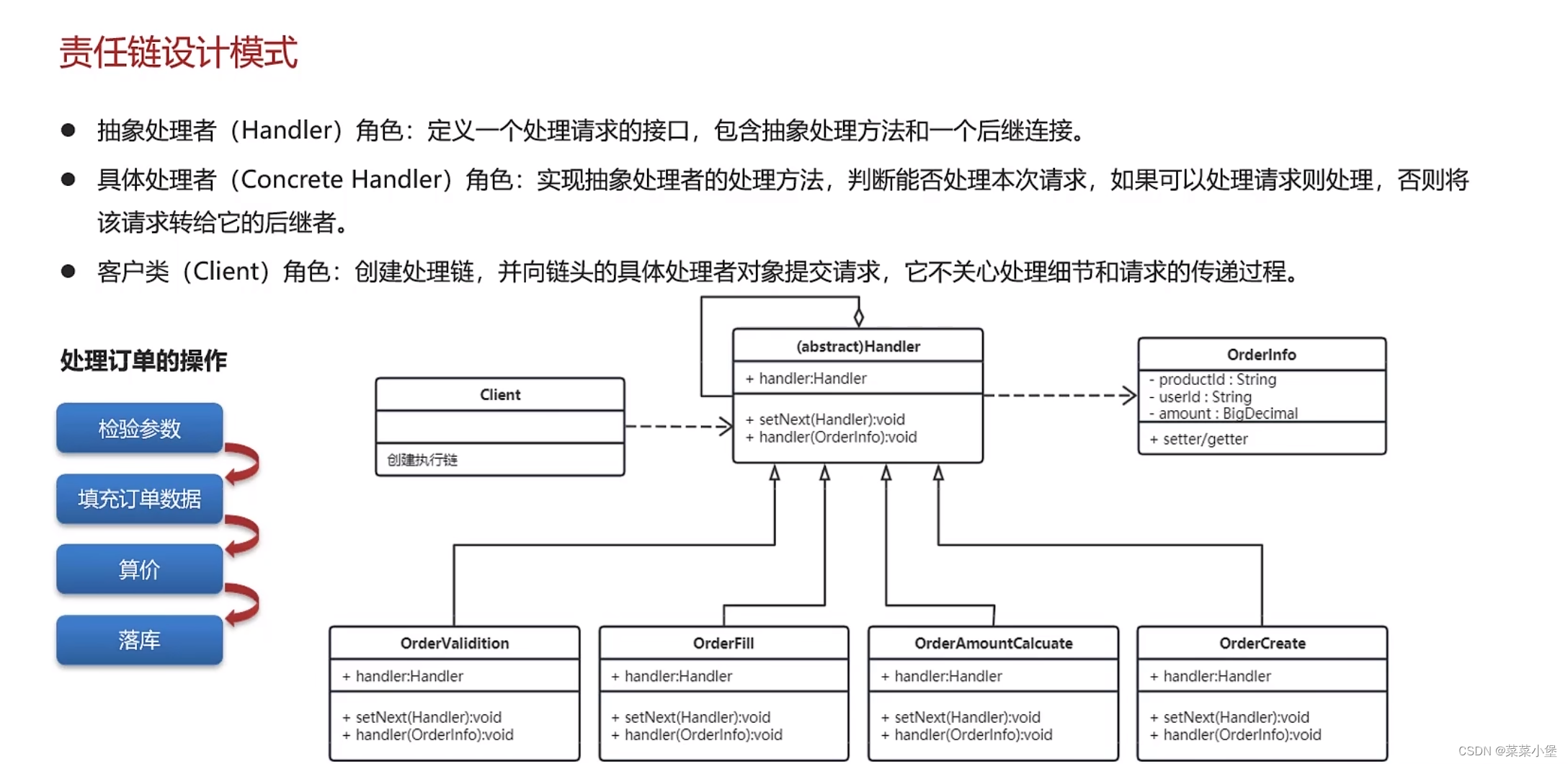

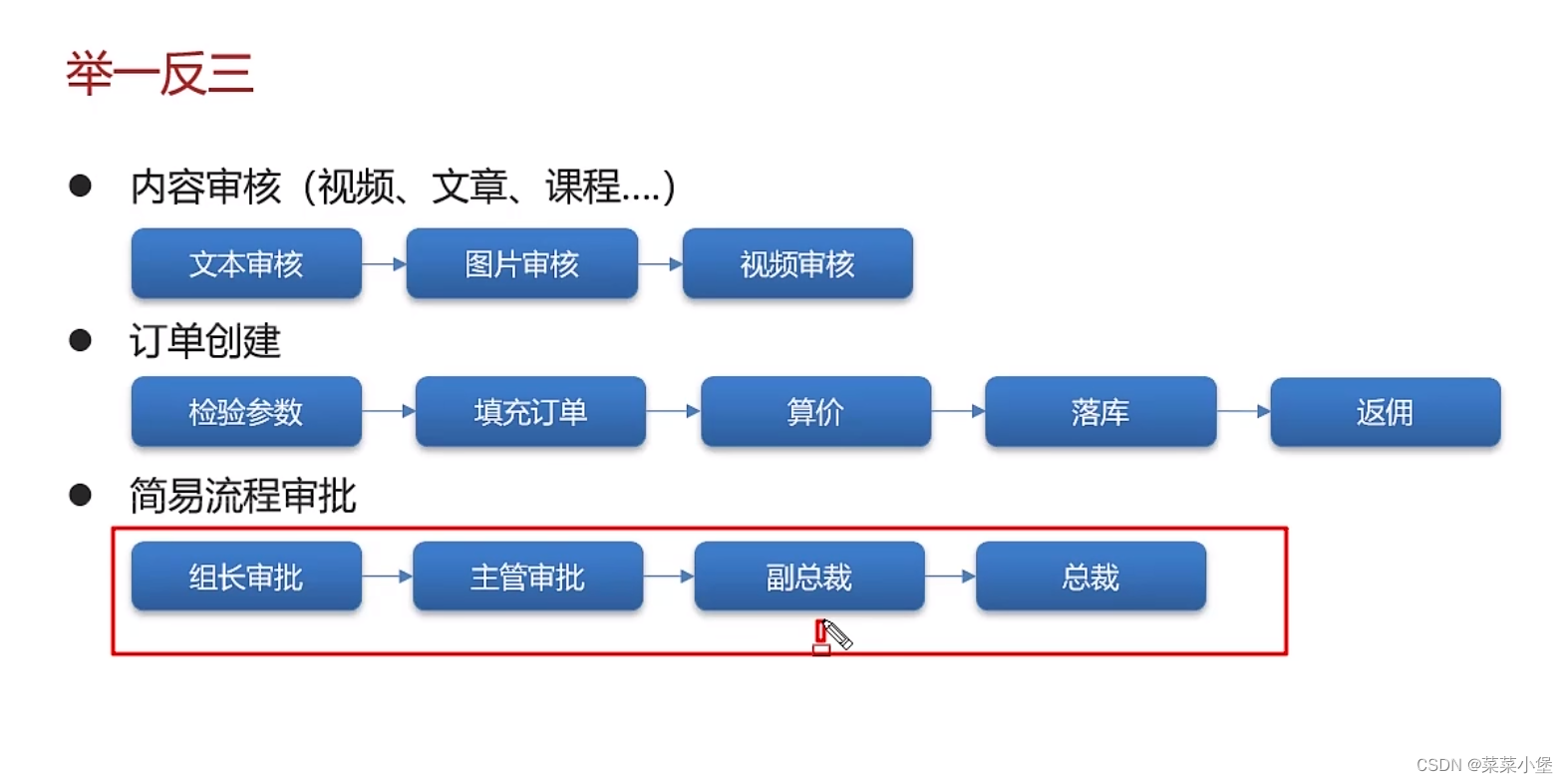
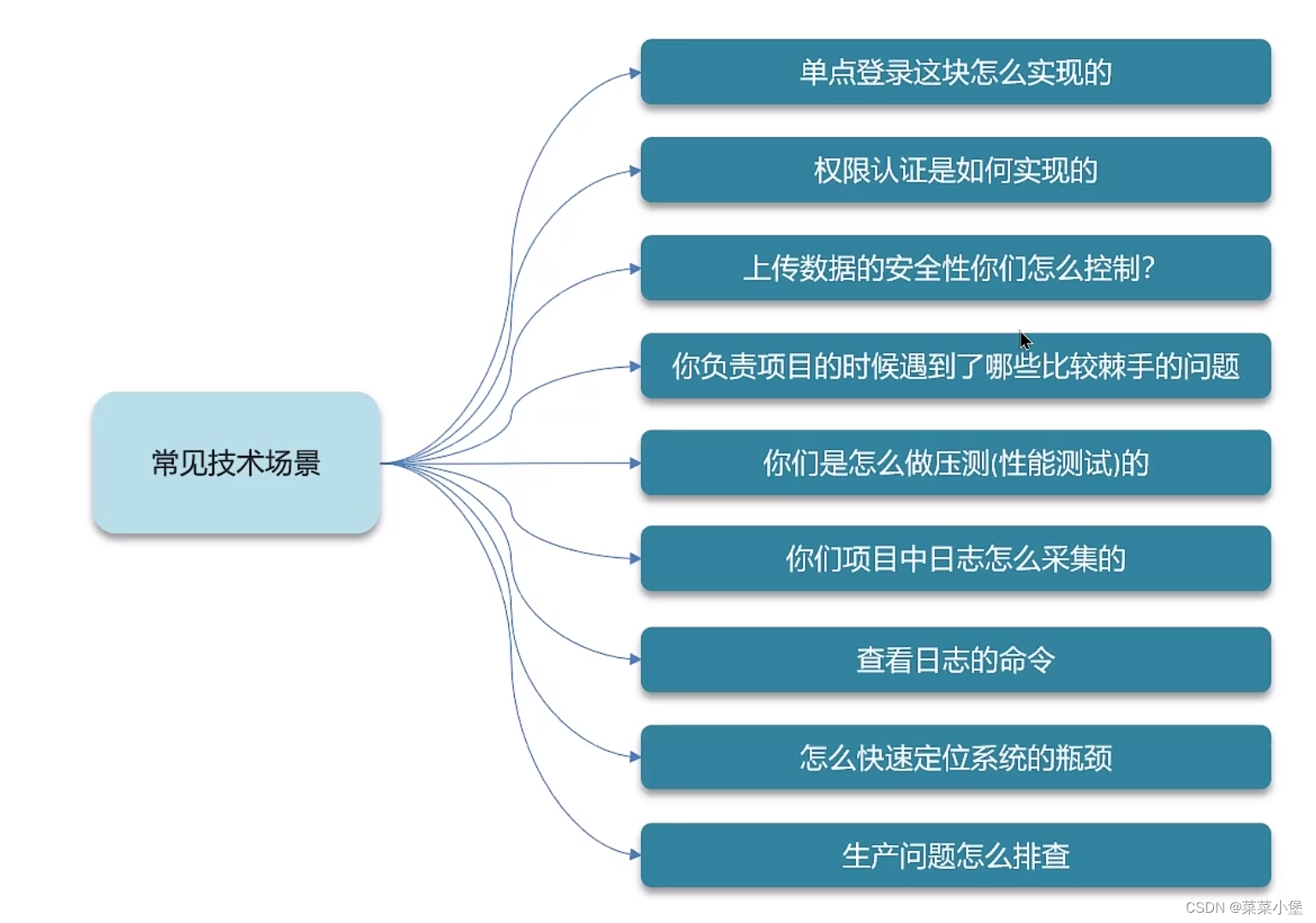
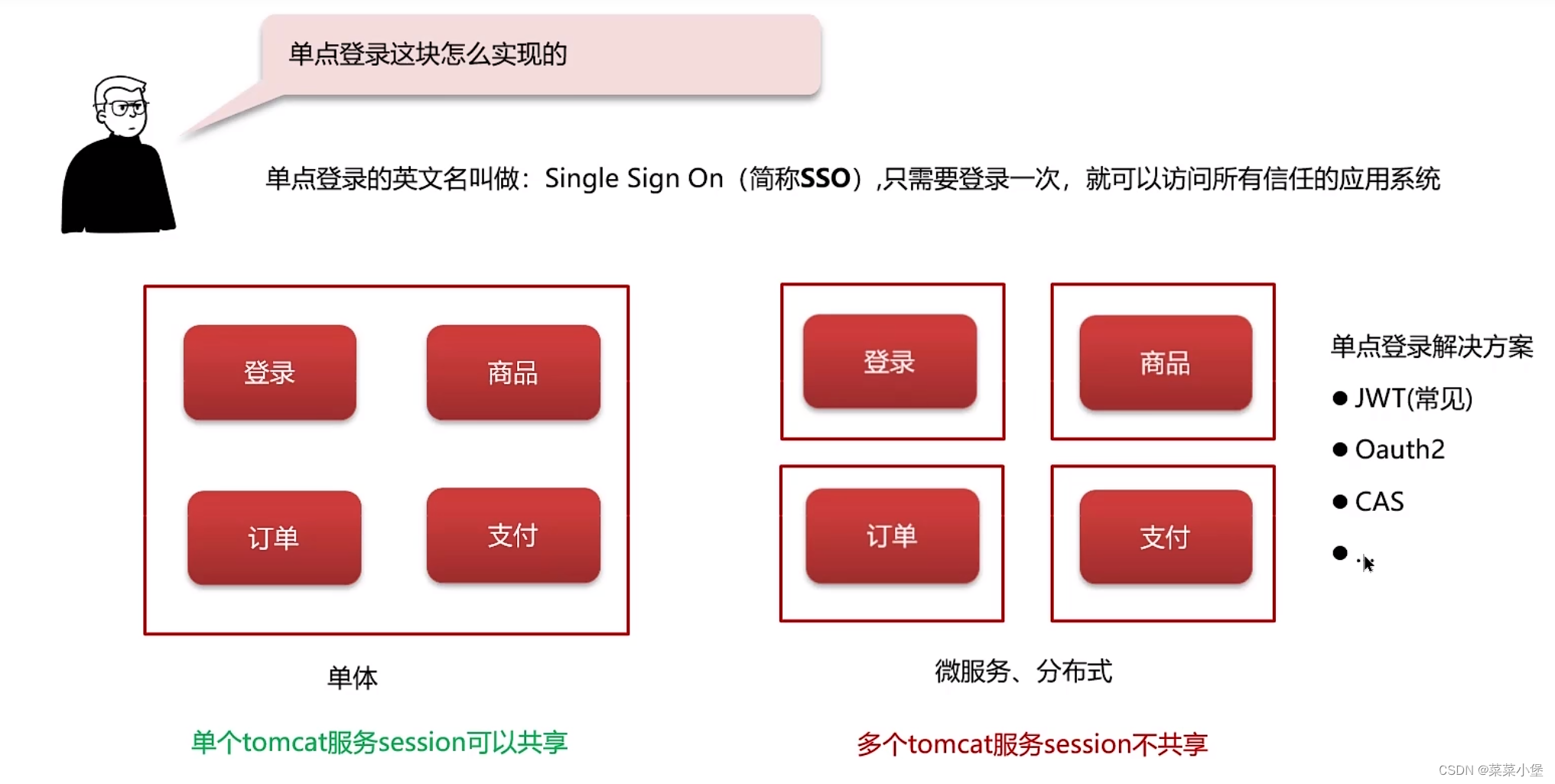
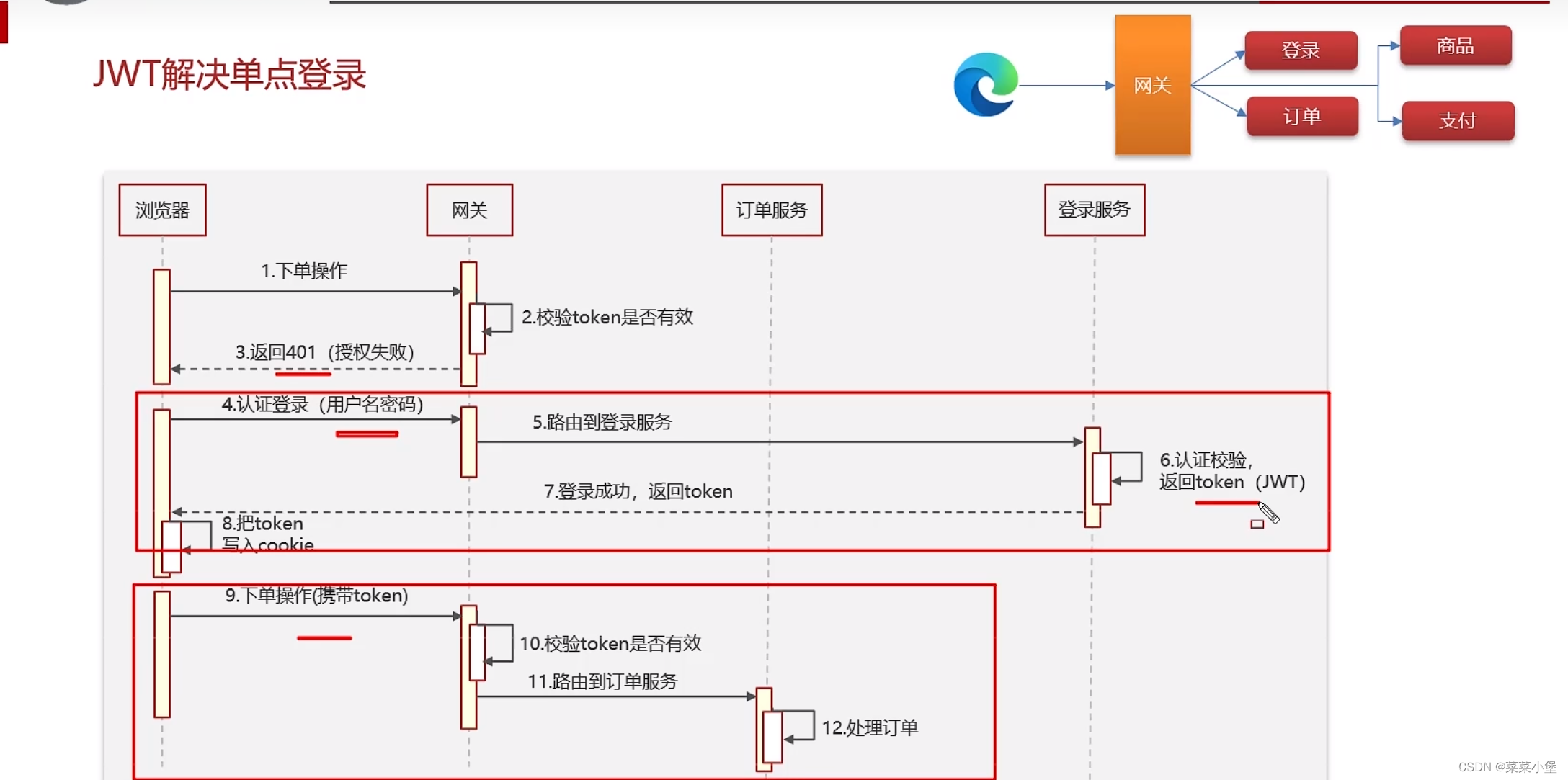

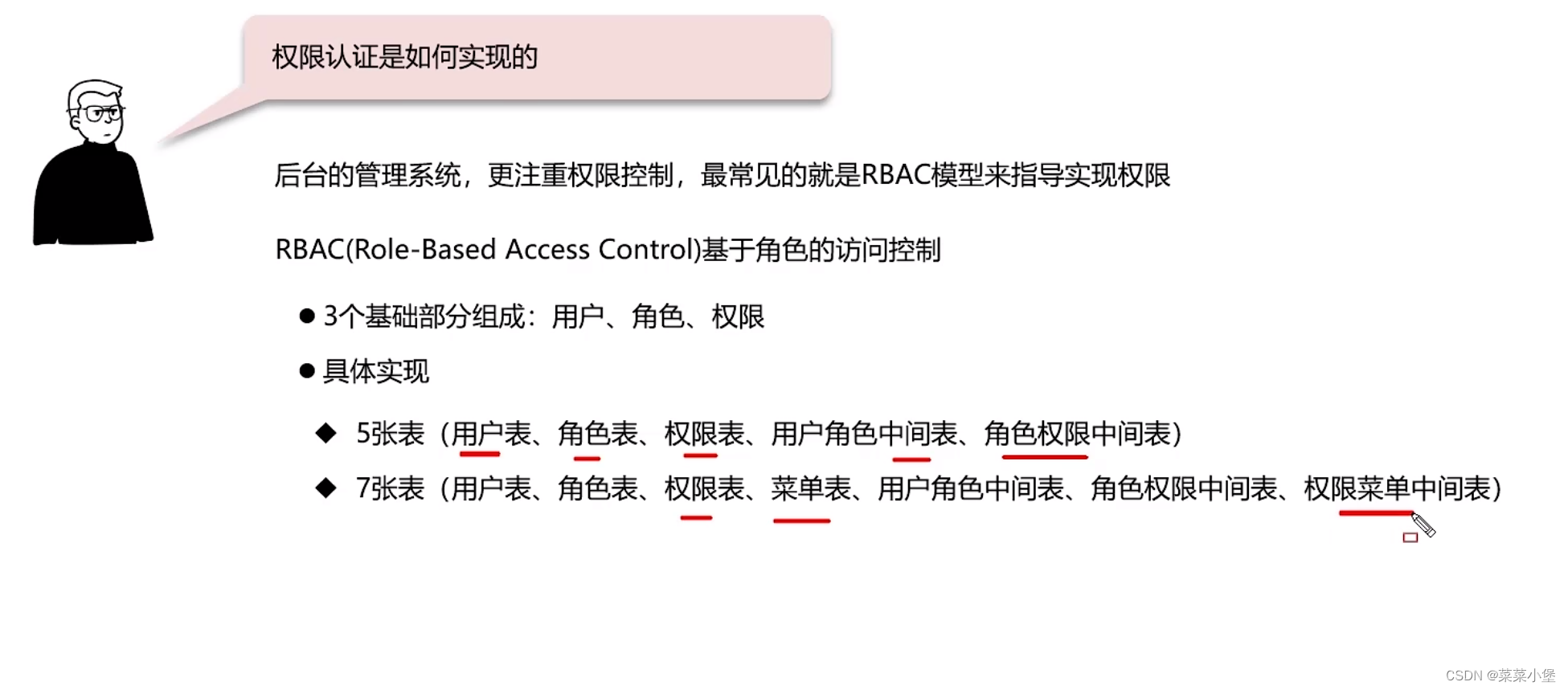
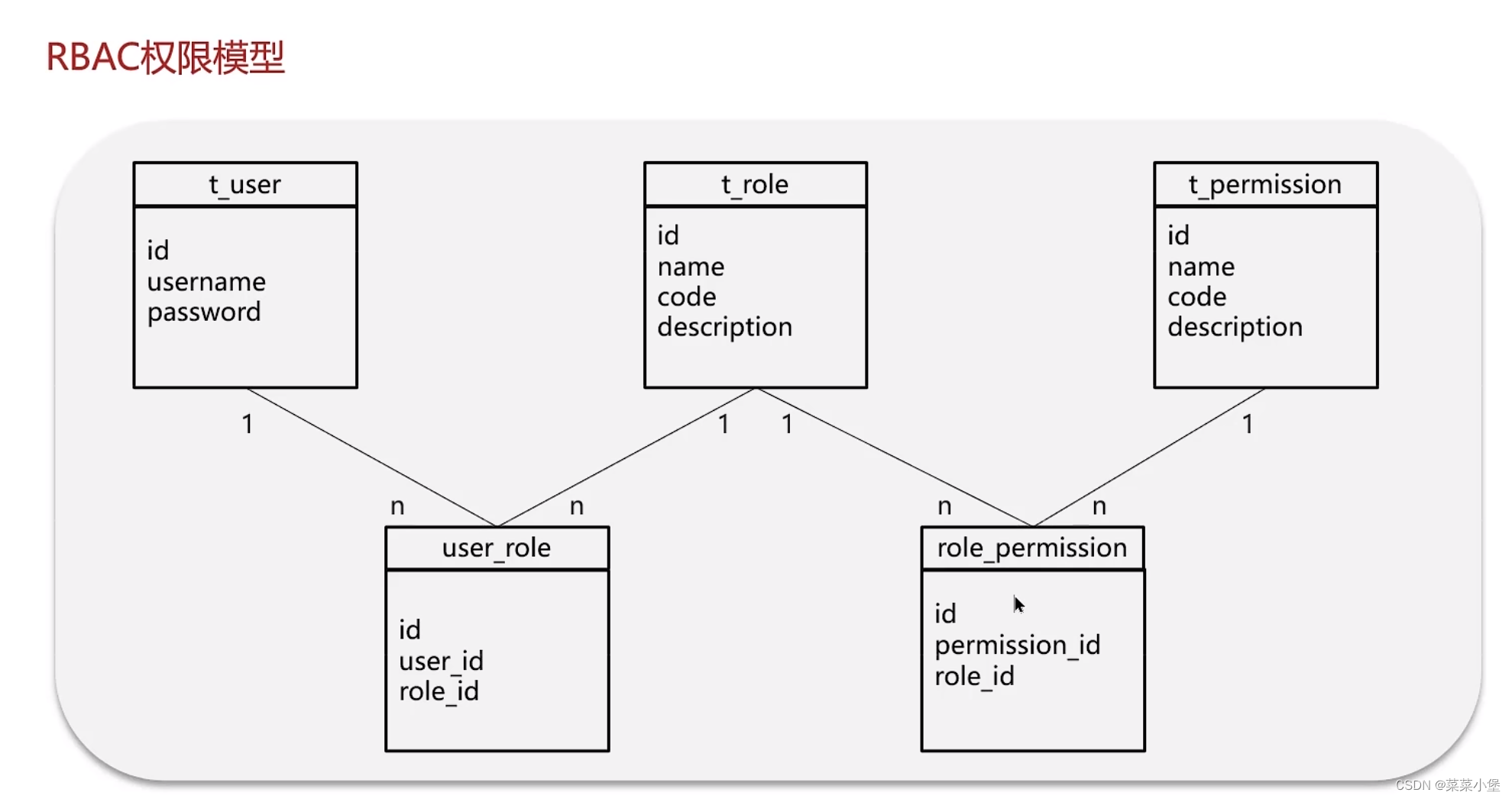
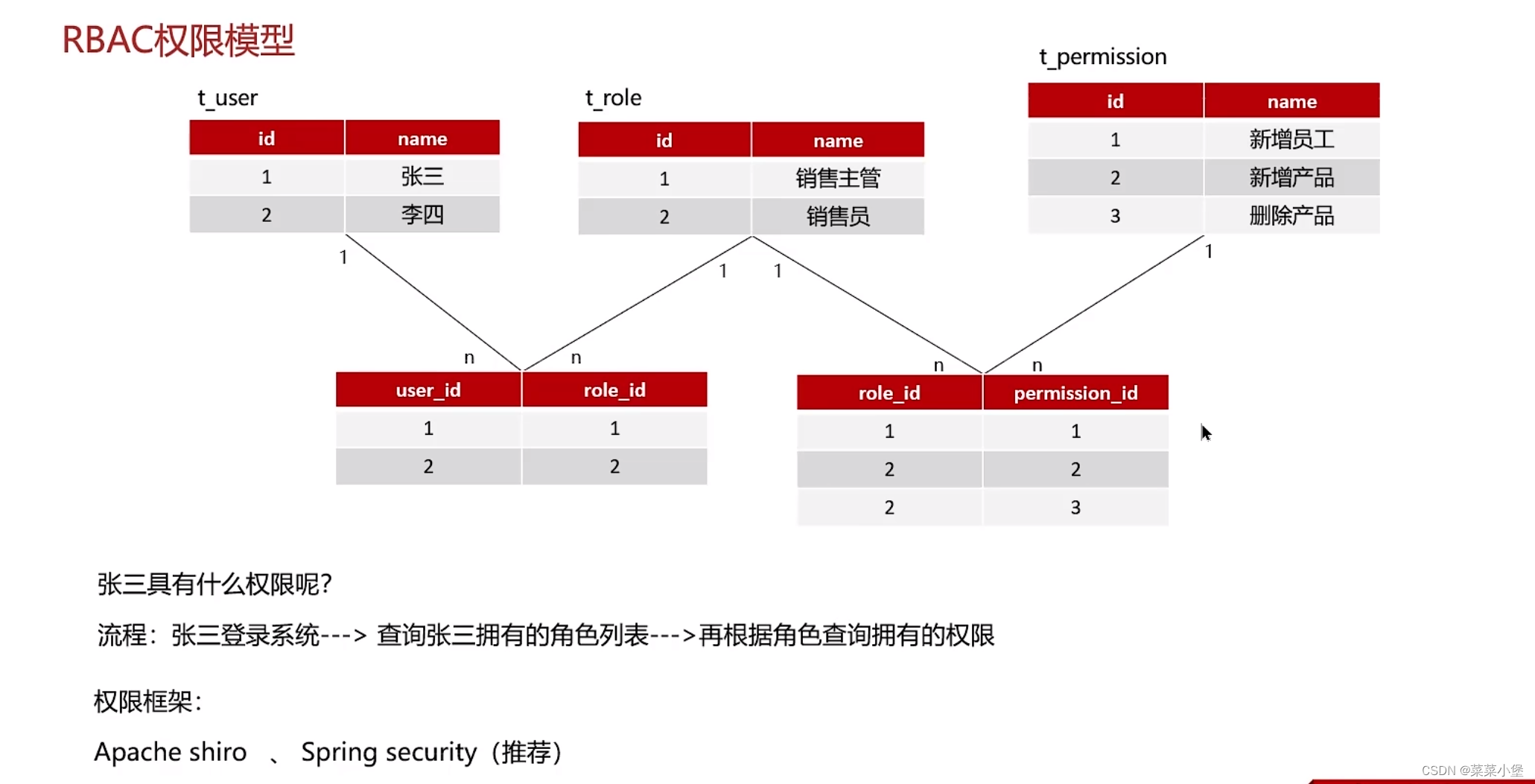
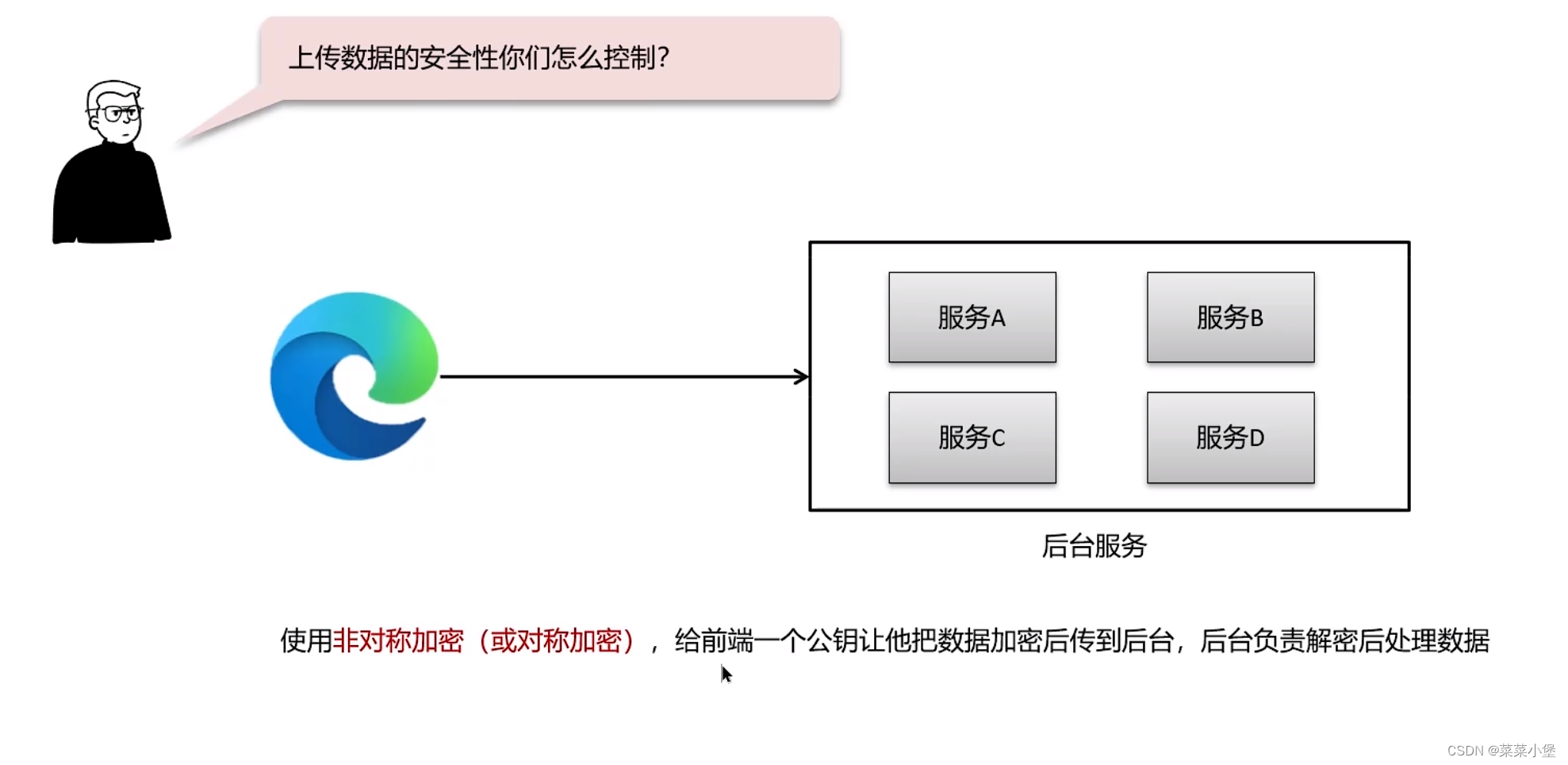
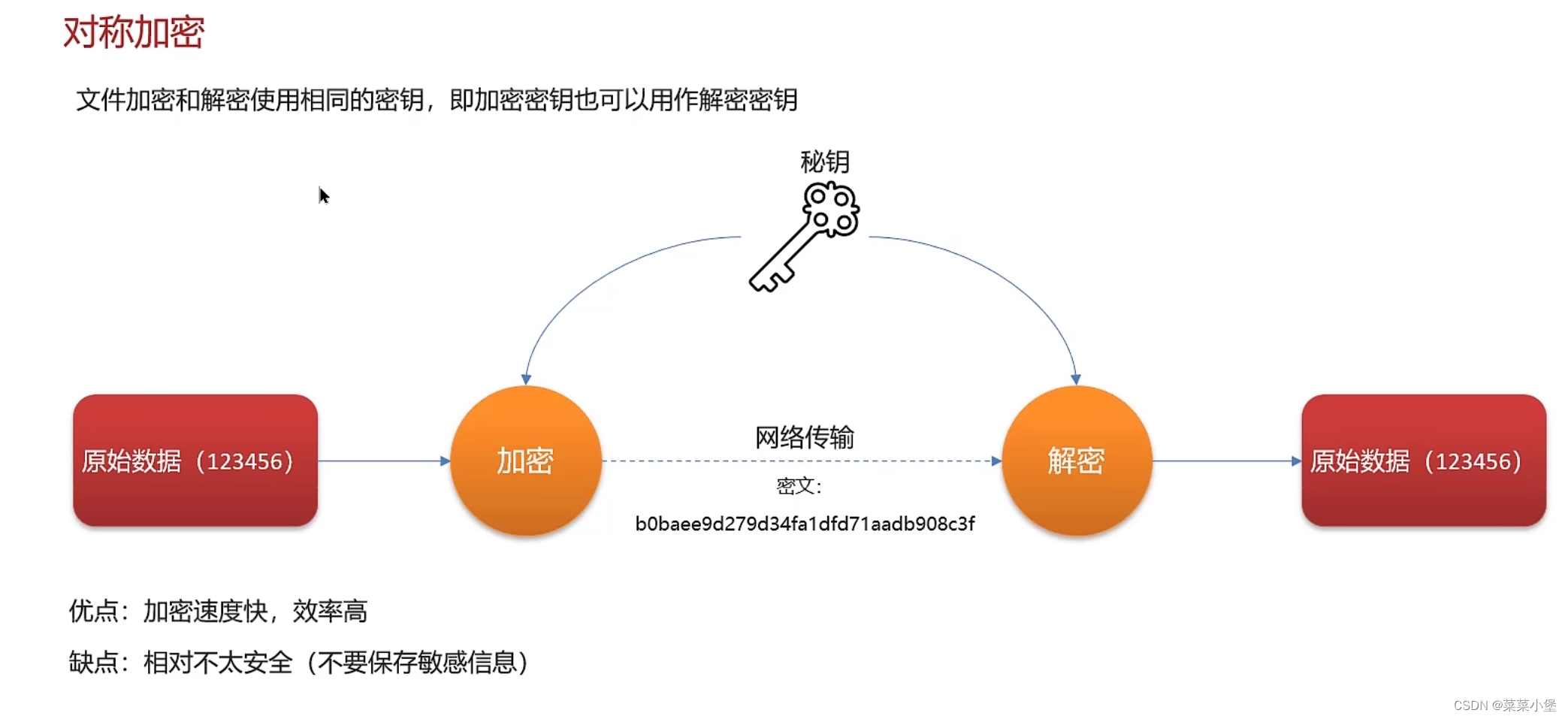
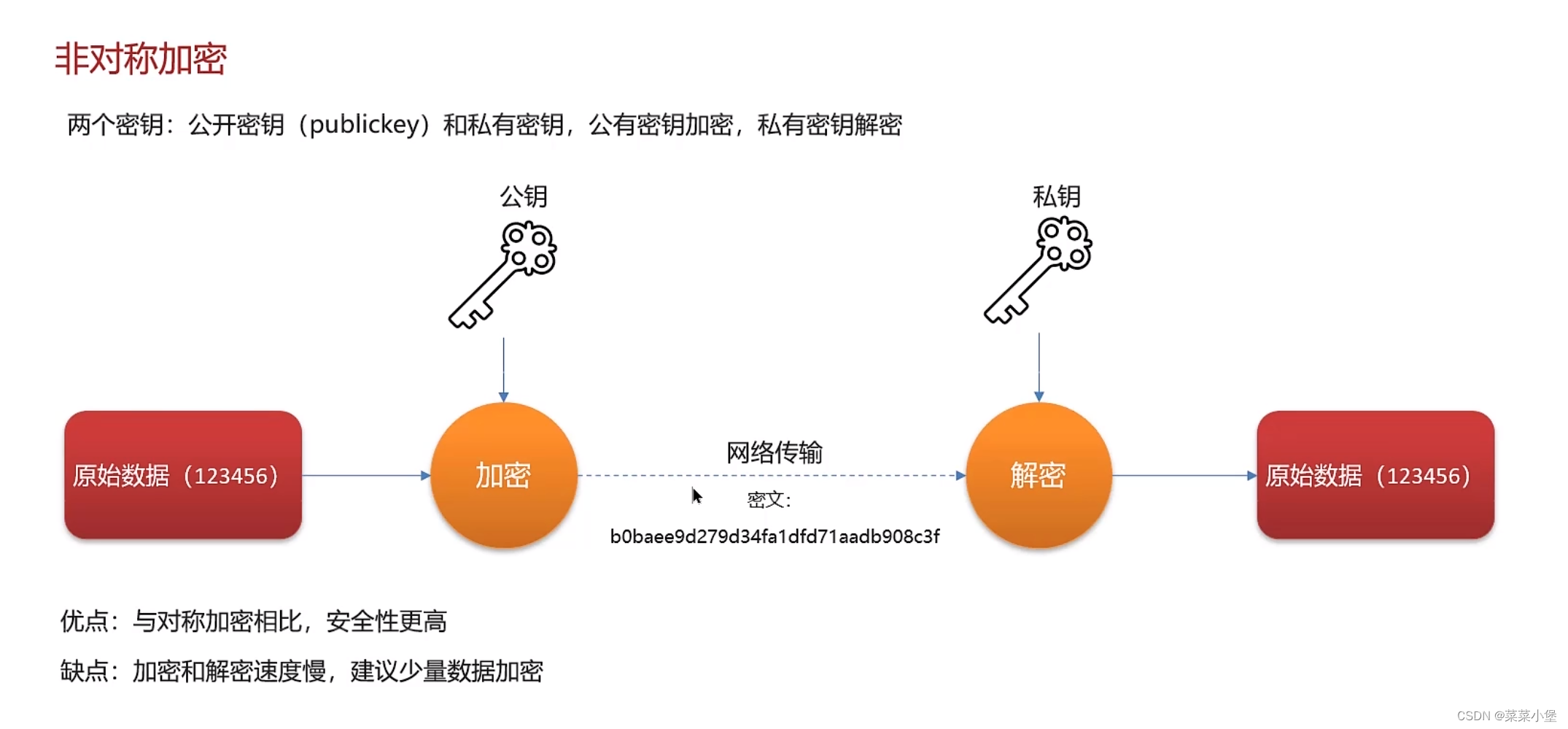
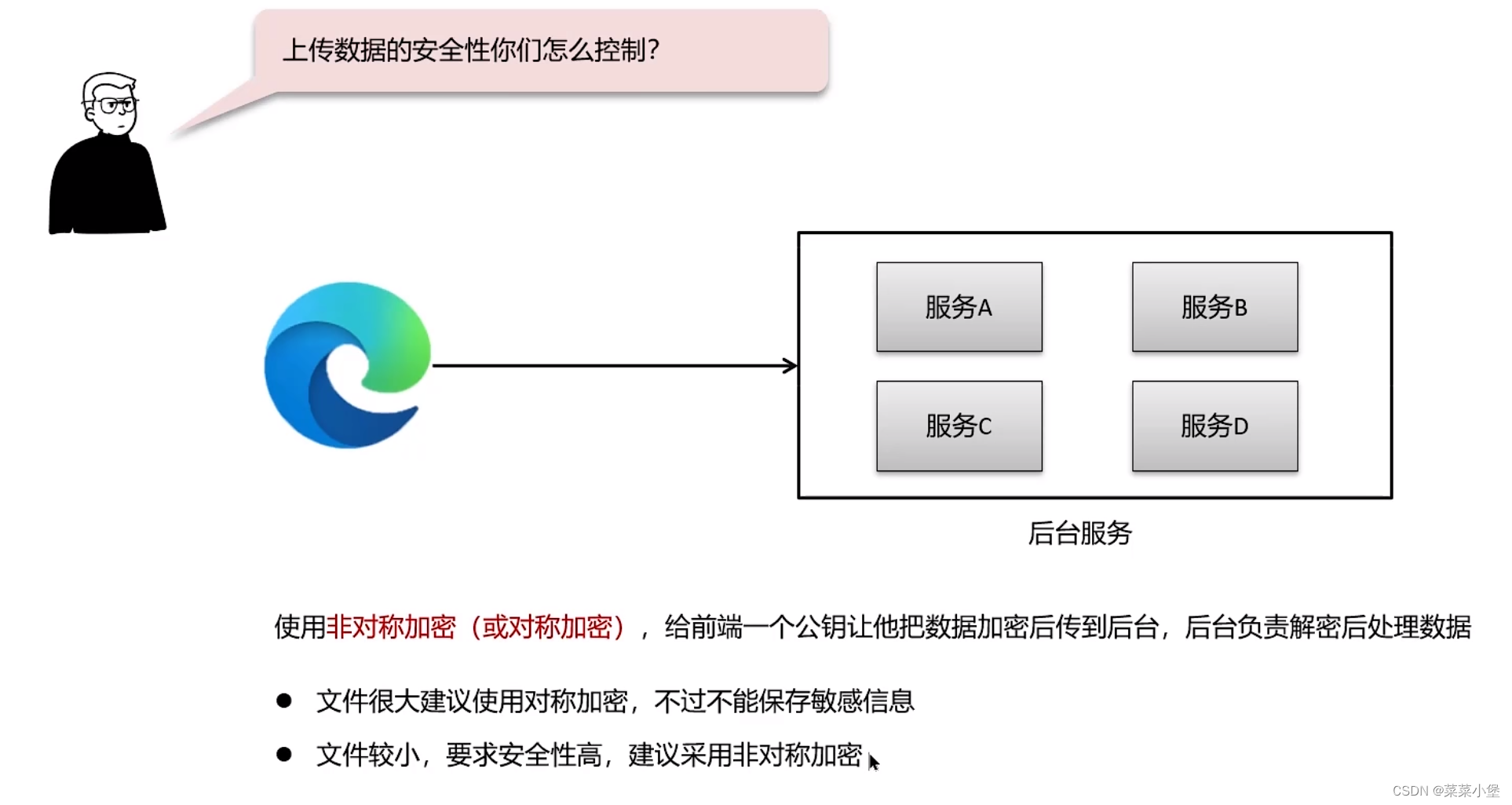
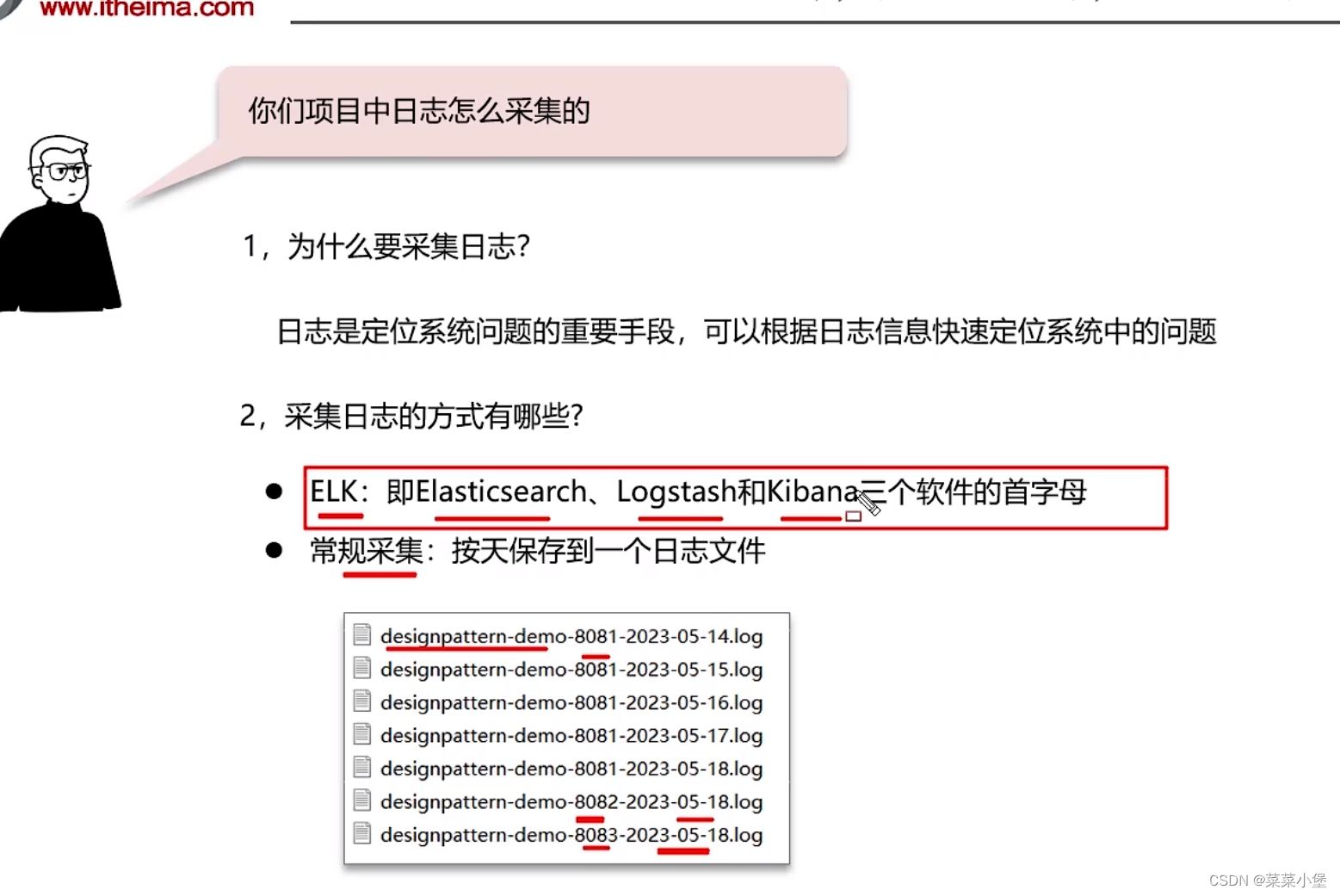
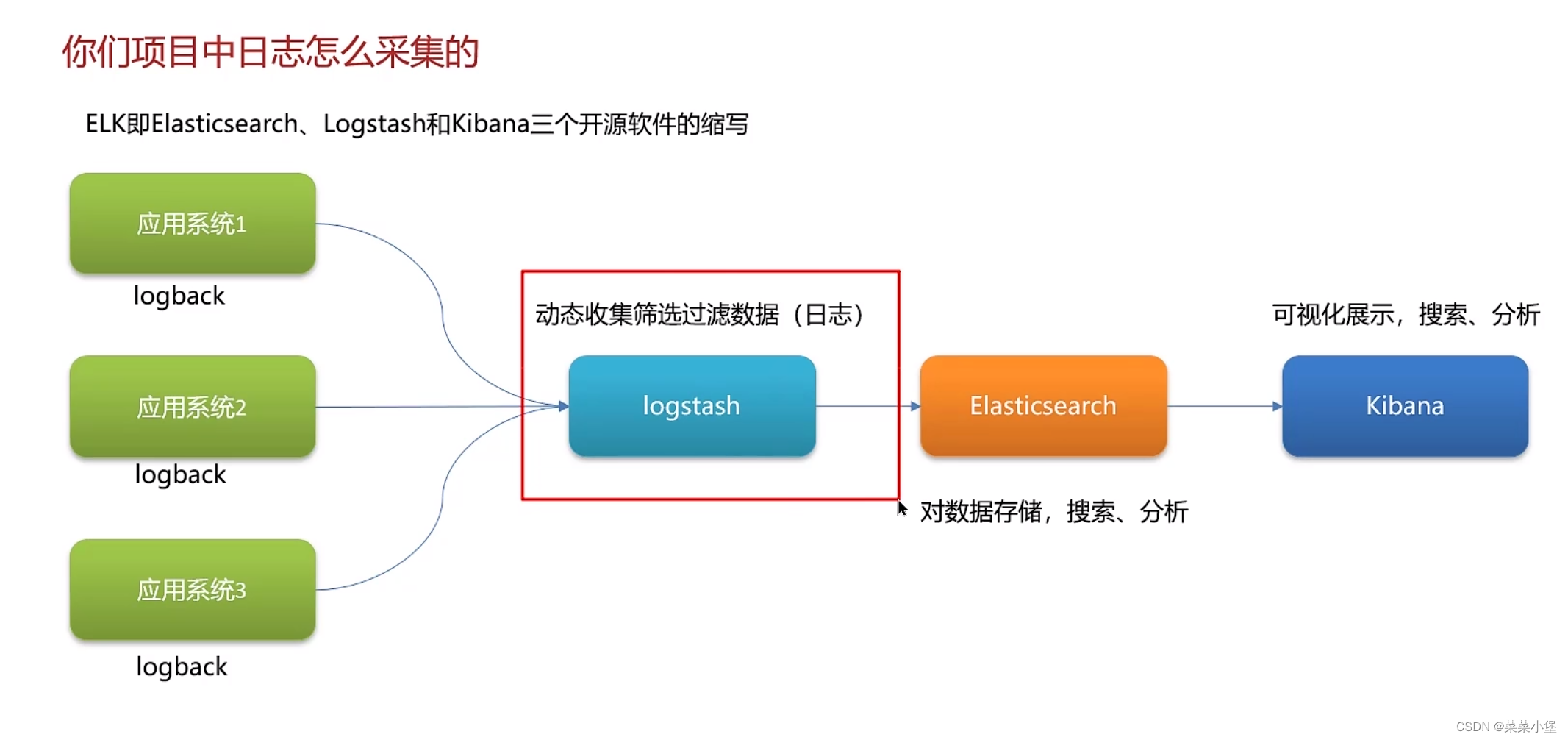

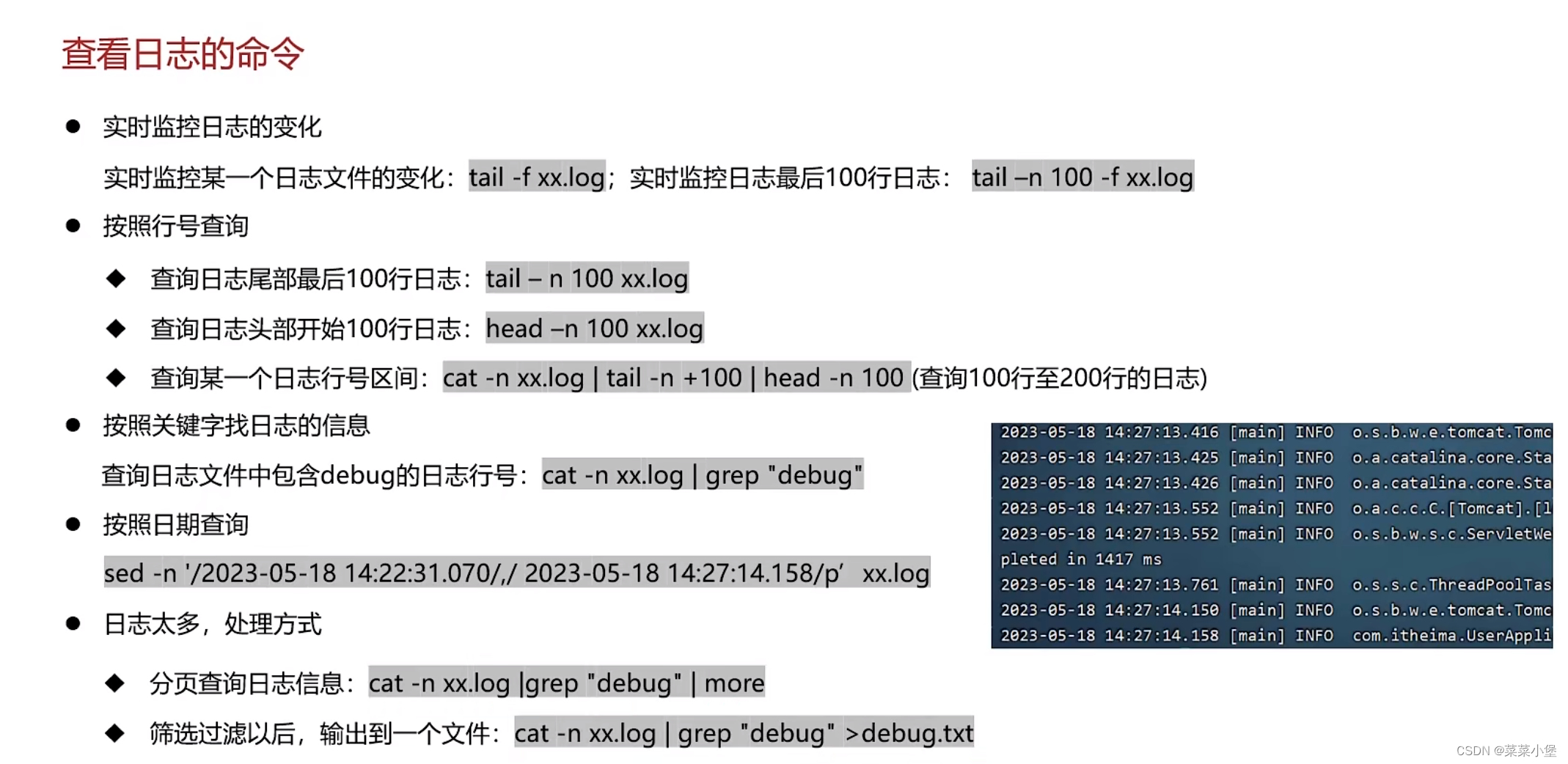


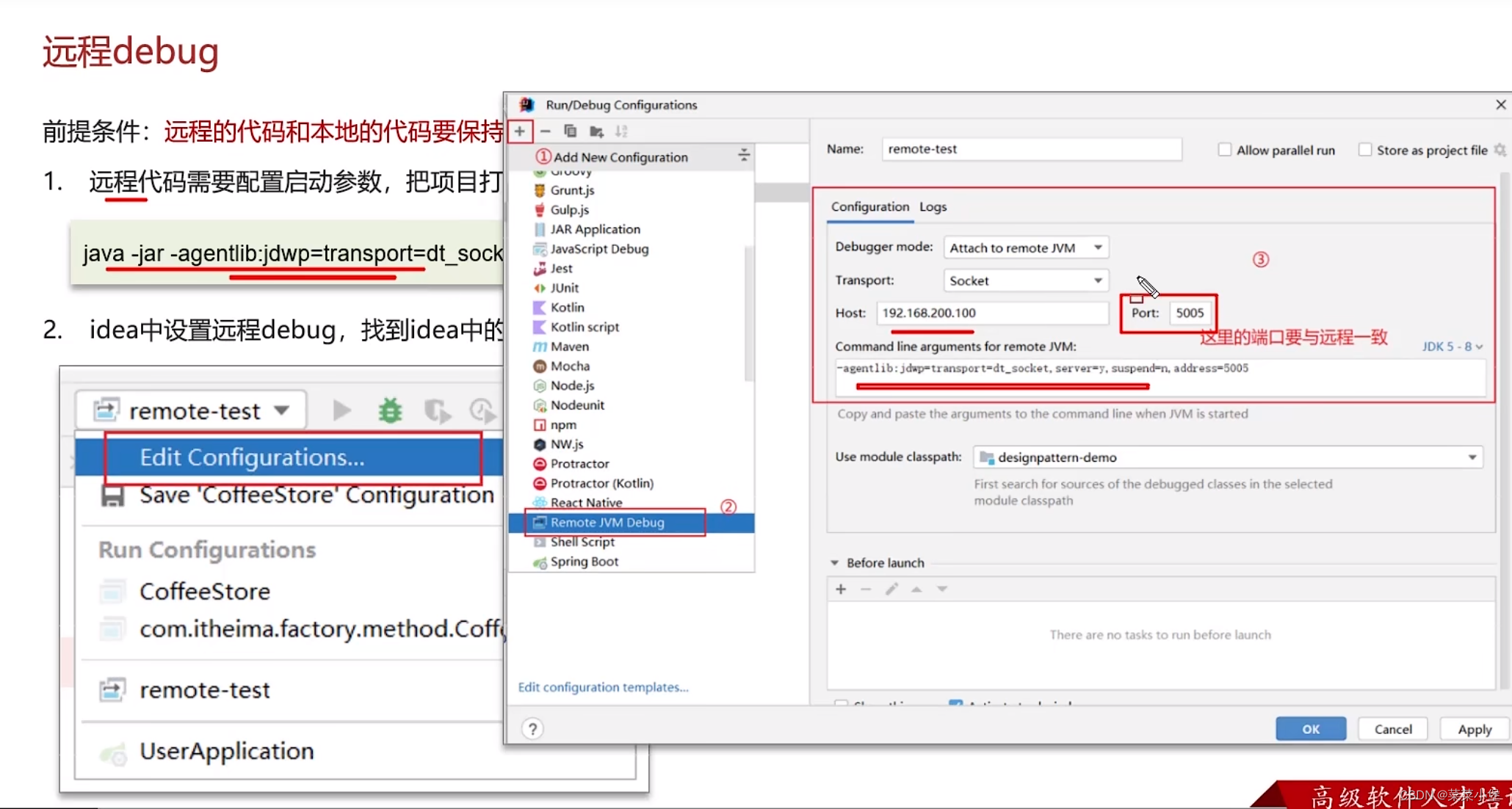
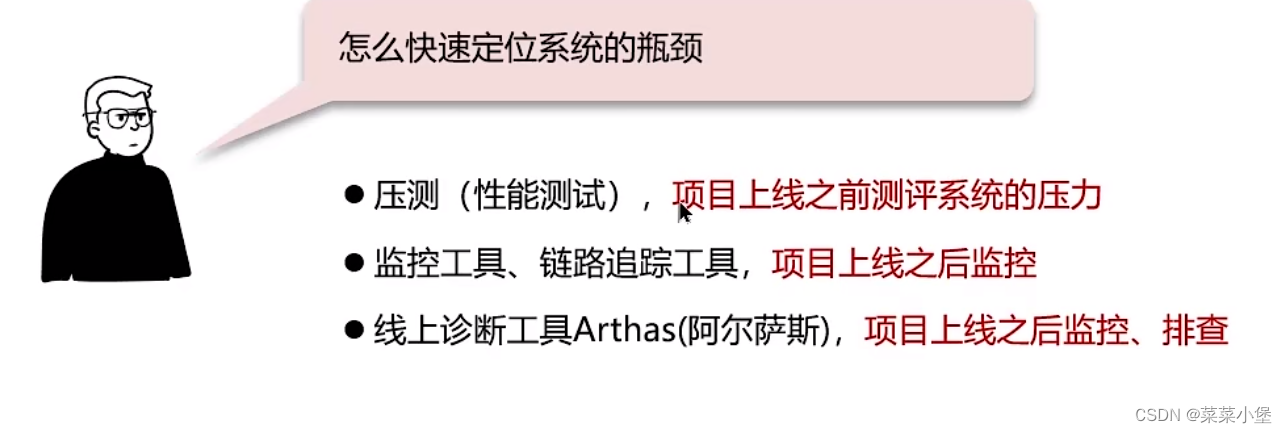
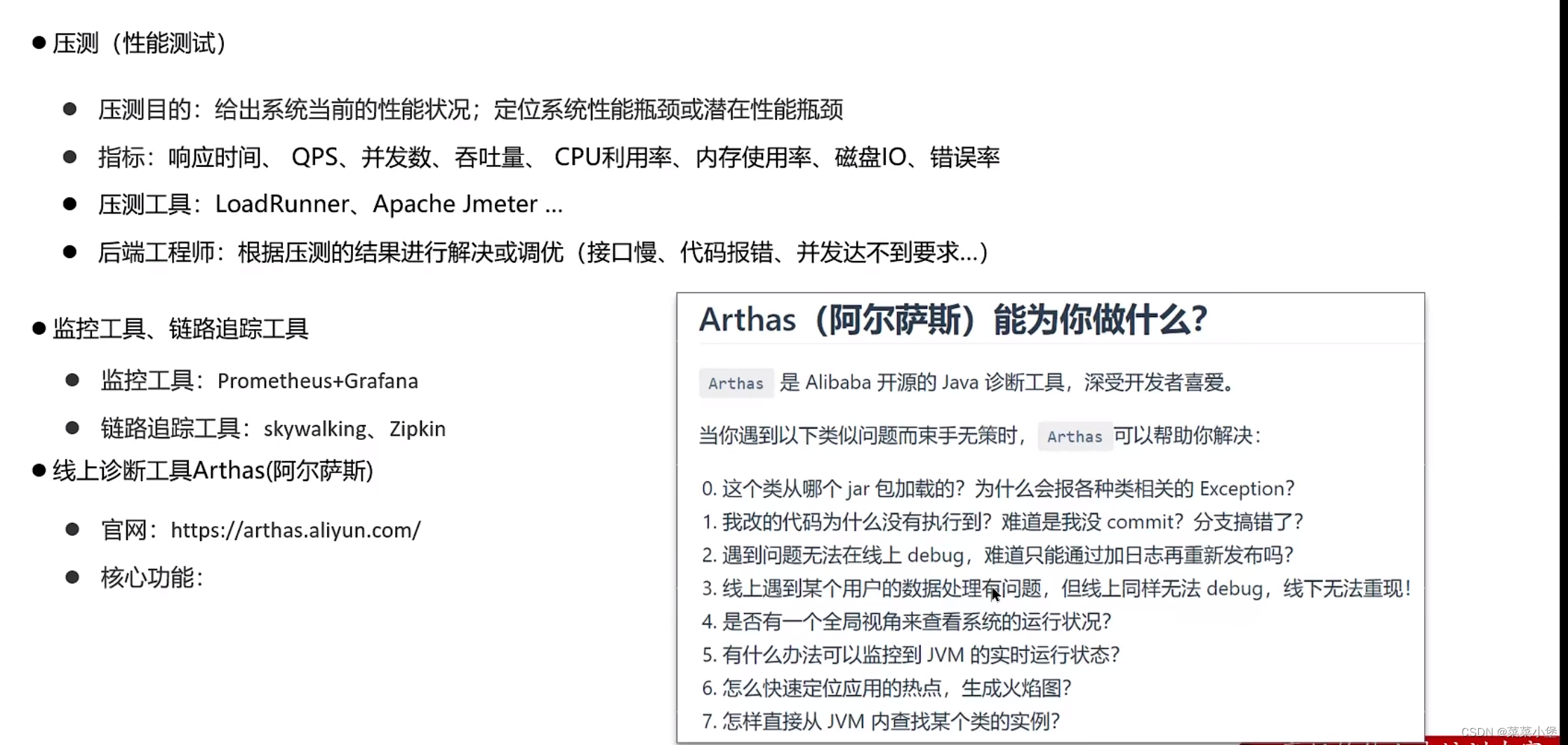
单例
应用:线程池、数据库连接池、日志记录等。
饿汉式(线程安全)
public class HungrySingleton {
private static final HungrySingleton instance = new HungrySingleton();
private HungrySingleton() {}
public static HungrySingleton getInstance() {
return instance;
}
}
懒汉式
public class LazySingleton {
private static LazySingleton instance;
private LazySingleton() {}
public static synchronized LazySingleton getInstance() {
if (instance == null) {
instance = new LazySingleton();
}
return instance;
}
}
双重检查锁定(DCL)–线程安全
public class DoubleCheckedLockingSingleton {
private static volatile DoubleCheckedLockingSingleton instance;
private DoubleCheckedLockingSingleton() {}
public static DoubleCheckedLockingSingleton getInstance() {
if (instance == null) {
synchronized (DoubleCheckedLockingSingleton.class) {
if (instance == null) {
instance = new DoubleCheckedLockingSingleton();
}
}
}
return instance;
}
}
静态内部类
public class StaticInnerClassSingleton {
private StaticInnerClassSingleton() {}
private static class Holder {
private static final StaticInnerClassSingleton INSTANCE = new StaticInnerClassSingleton();
}
public static StaticInnerClassSingleton getInstance() {
return Holder.INSTANCE;
}
}
工厂方法
简单工厂
例子:
// 图形接口
public interface Shape {
void draw();
}
// 圆形类
public class Circle implements Shape {
@Override
public void draw() {
System.out.println("Drawing a Circle");
}
}
// 矩形类
public class Rectangle implements Shape {
@Override
public void draw() {
System.out.println("Drawing a Rectangle");
}
}
// 图形工厂
public class ShapeFactory {
public static Shape getShape(String shapeType) {
if (shapeType == null) {
return null;
}
if (shapeType.equalsIgnoreCase("CIRCLE")) {
return new Circle();
} else if (shapeType.equalsIgnoreCase("RECTANGLE")) {
return new Rectangle();
}
return null;
}
}
客户端代码
public class Client {
public static void main(String[] args) {
Shape circle = ShapeFactory.getShape("CIRCLE");
circle.draw(); // 输出:Drawing a Circle
Shape rectangle = ShapeFactory.getShape("RECTANGLE");
rectangle.draw(); // 输出:Drawing a Rectangle
}
}
方法工厂
// 图形接口
public interface Shape {
void draw();
}
// 圆形类
public class Circle implements Shape {
@Override
public void draw() {
System.out.println("Drawing a Circle");
}
}
// 矩形类
public class Rectangle implements Shape {
@Override
public void draw() {
System.out.println("Drawing a Rectangle");
}
}
// 抽象工厂类
public abstract class ShapeFactory {
public abstract Shape createShape();
}
// 圆形工厂
public class CircleFactory extends ShapeFactory {
@Override
public Shape createShape() {
return new Circle();
}
}
// 矩形工厂
public class RectangleFactory extends ShapeFactory {
@Override
public Shape createShape() {
return new Rectangle();
}
}
客户端实现
public class Client {
public static void main(String[] args) {
ShapeFactory circleFactory = new CircleFactory();
Shape circle = circleFactory.createShape();
circle.draw(); // 输出:Drawing a Circle
ShapeFactory rectangleFactory = new RectangleFactory();
Shape rectangle = rectangleFactory.createShape();
rectangle.draw(); // 输出:Drawing a Rectangle
}
}
抽象工厂
// 图形接口
public interface Shape {
void draw();
}
// 圆形类
public class Circle implements Shape {
@Override
public void draw() {
System.out.println("Drawing a Circle");
}
}
// 矩形类
public class Rectangle implements Shape {
@Override
public void draw() {
System.out.println("Drawing a Rectangle");
}
}
// 颜色接口
public interface Color {
void fill();
}
// 红色类
public class Red implements Color {
@Override
public void fill() {
System.out.println("Filling with Red color");
}
}
// 蓝色类
public class Blue implements Color {
@Override
public void fill() {
System.out.println("Filling with Blue color");
}
}
// 抽象工厂类
public interface AbstractFactory {
Shape createShape();
Color createColor();
}
// 圆形工厂
public class CircleFactory implements AbstractFactory {
@Override
public Shape createShape() {
return new Circle();
}
@Override
public Color createColor() {
return new Red(); // 默认返回红色
}
}
// 矩形工厂
public class RectangleFactory implements AbstractFactory {
@Override
public Shape createShape() {
return new Rectangle();
}
@Override
public Color createColor() {
return new Blue(); // 默认返回蓝色
}
}
客户端实现
public class Client {
public static void main(String[] args) {
AbstractFactory circleFactory = new CircleFactory();
Shape circle = circleFactory.createShape();
Color red = circleFactory.createColor();
circle.draw(); // 输出:Drawing a Circle
red.fill(); // 输出:Filling with Red color
AbstractFactory rectangleFactory = new RectangleFactory();
Shape rectangle = rectangleFactory.createShape();
Color blue = rectangleFactory.createColor();
rectangle.draw(); // 输出:Drawing a Rectangle
blue.fill(); // 输出:Filling with Blue color
}
}
代理模式
静态代理的处理模式,在编译时就写死了,不足够灵活
JDK动态代理,靠接口实现(需要实现一些接口)
CGLIB动态代理,需要导入额外的包,
观察者模式


应用案例
- 事件监听
在 GUI 应用程序中,按钮、文本框等组件通常使用观察者模式来处理用户事件。例如,按钮被点击时,所有注册的监听器都会被通知,执行相应的操作。 - 发布-订阅系统
在消息推送系统中,观察者模式用于实现发布-订阅机制。发布者发布消息,所有订阅者收到通知并处理消息。例如,新闻网站发布新文章时,所有订阅用户都会收到通知。
策略模式
可以省掉很多的if-else
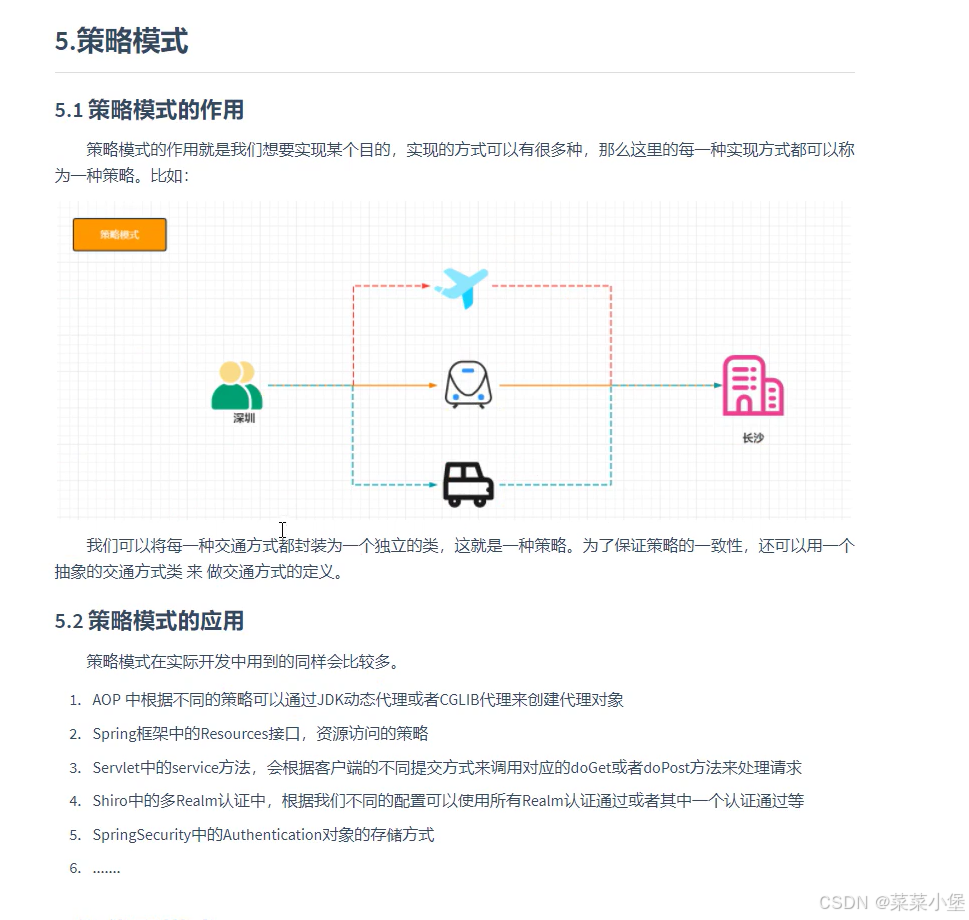
// 支付策略接口
public interface PaymentStrategy {
void pay(int amount);
}
// 信用卡支付类
public class CreditCardPayment implements PaymentStrategy {
private String cardNumber;
public CreditCardPayment(String cardNumber) {
this.cardNumber = cardNumber;
}
@Override
public void pay(int amount) {
System.out.println("Paid " + amount + " using Credit Card: " + cardNumber);
}
}
// PayPal 支付类
public class PayPalPayment implements PaymentStrategy {
private String email;
public PayPalPayment(String email) {
this.email = email;
}
@Override
public void pay(int amount) {
System.out.println("Paid " + amount + " using PayPal: " + email);
}
}
// 上下文类
public class ShoppingCart {
private PaymentStrategy paymentStrategy;
public void setPaymentStrategy(PaymentStrategy paymentStrategy) {
this.paymentStrategy = paymentStrategy;
}
public void checkout(int amount) {
if (paymentStrategy == null) {
System.out.println("Payment strategy not set!");
return;
}
paymentStrategy.pay(amount);
}
}
public class Client {
public static void main(String[] args) {
ShoppingCart cart = new ShoppingCart();
// 使用信用卡支付
cart.setPaymentStrategy(new CreditCardPayment("1234-5678-9012-3456"));
cart.checkout(100); // 输出:Paid 100 using Credit Card: 1234-5678-9012-3456
// 使用 PayPal 支付
cart.setPaymentStrategy(new PayPalPayment("user@example.com"));
cart.checkout(200); // 输出:Paid 200 using PayPal: user@example.com
}
}




 本文深入探讨了设计模式中的工厂方法和抽象工厂模式,通过Java代码示例详细解释了如何使用这些模式来创建对象,展示了产品接口、具体产品、工厂接口和具体工厂的实现方式。
本文深入探讨了设计模式中的工厂方法和抽象工厂模式,通过Java代码示例详细解释了如何使用这些模式来创建对象,展示了产品接口、具体产品、工厂接口和具体工厂的实现方式。
















 718
718

 被折叠的 条评论
为什么被折叠?
被折叠的 条评论
为什么被折叠?








